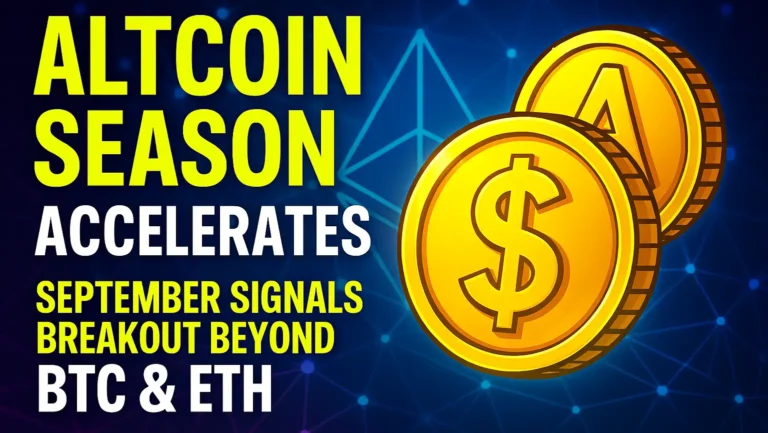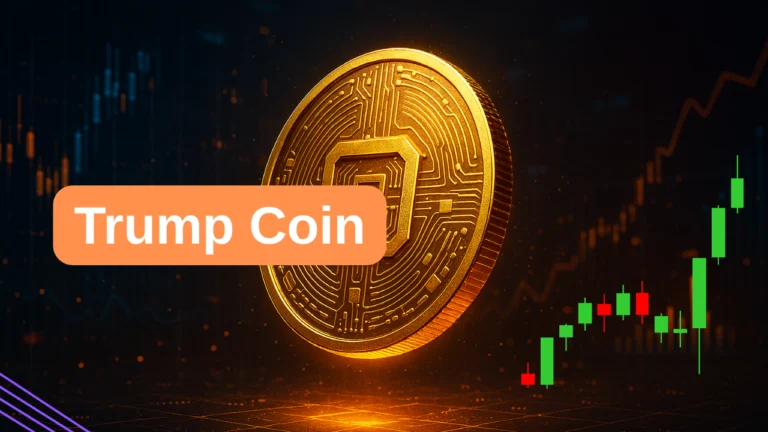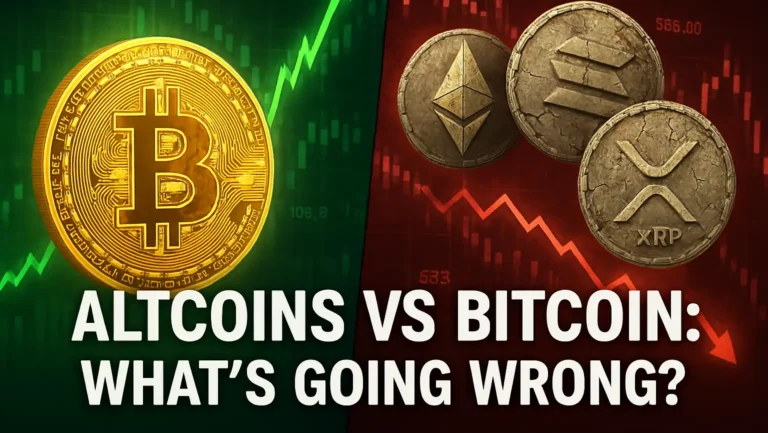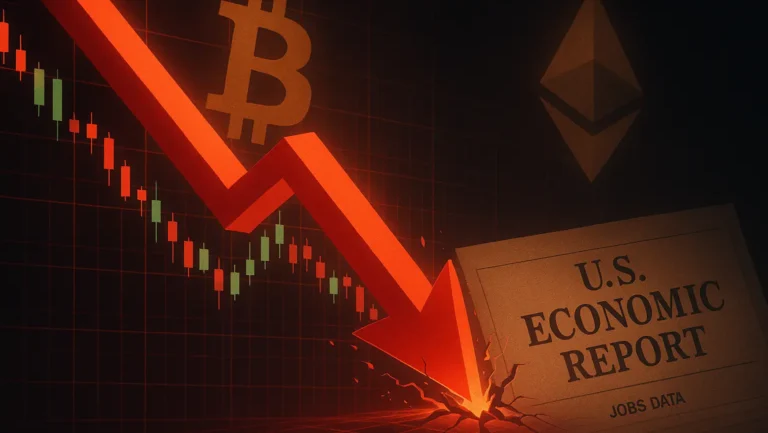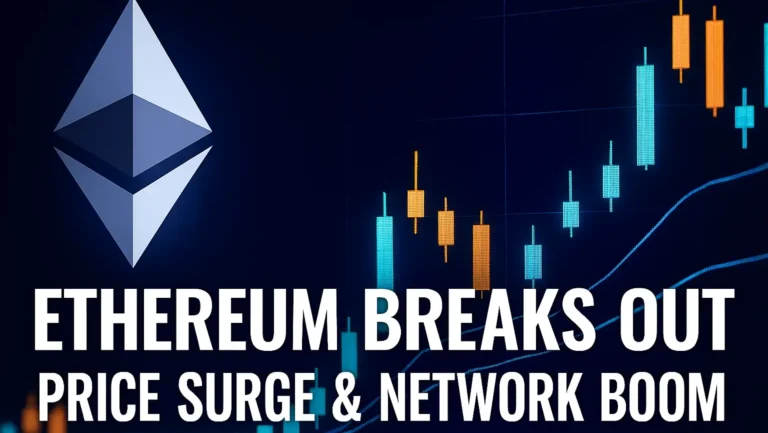Petro (PTR): A Case Study in State Backed Cryptocurrency Failure
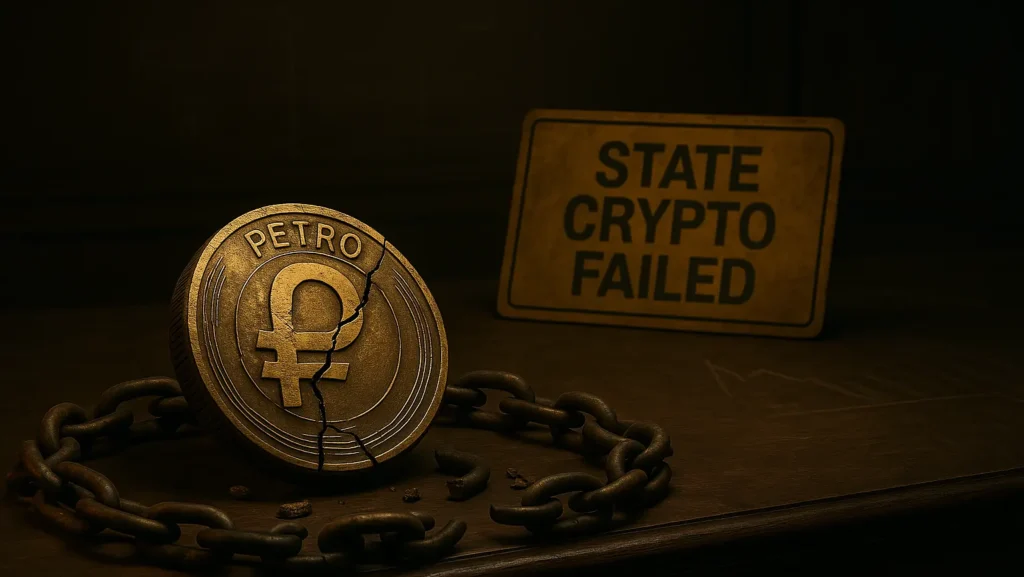
Petro (PTR) Token Failure
Petro, also known as PTR, was a digital currency launched by the Venezuelan government with the aim of becoming the world’s first state backed cryptocurrency.
Introduced in 2018 by President Nicolás Maduro, the Petro was promoted as a solution to Venezuela’s economic crisis, a method to bypass international sanctions, and a revolutionary step into the future of national finance.
Claimed to be backed by the country’s natural resources, including oil, gold, and gas, it promised stability and technological advancement.
However, the Petro ultimately collapsed. It failed to gain trust, adoption, or technical credibility, and in January 2024, the Venezuelan government officially shut down the project. The Petro became a prime example of state backed cryptocurrency failure, revealing the risks that arise when politics, corruption, and poor execution intersect with emerging technologies.
This article explores the complete history of the Petro, its technical and political challenges, and the valuable lessons it leaves for investors and governments alike.
Origins and Intentions
In late 2017, the Venezuelan government announced the Petro as a bold initiative to combat hyperinflation, attract foreign investment, and offer a new form of economic sovereignty.
With the national economy in collapse and the local currency, the bolívar, losing value at a historic rate, the government saw an opportunity in blockchain technology.
The goal was to issue a cryptocurrency backed by the country’s vast oil reserves, making each token supposedly supported by one barrel of crude oil.
This backing was intended to distinguish the Petro from purely speculative digital assets. In theory, it would bring the benefits of cryptocurrency while offering the stability of tangible resources.
President Maduro claimed that the Petro would allow the government to bypass economic sanctions, particularly those imposed by the United States, and conduct international trade through a new financial channel.
Technical Architecture and Confusion
At the time of launch, the Petro whitepaper included broad promises but lacked technical detail. It initially claimed to be based on the Ethereum blockchain, then later announced migration to NEM, and finally appeared to use a fork of the Dash blockchain.
This inconsistency created confusion and skepticism among developers, investors, and crypto analysts. There was no publicly verifiable smart contract or open-source code available. The system’s underlying codebase remained inaccessible, and changes in technical direction were never transparently explained.
Unlike successful cryptocurrencies, which typically rely on open participation, clear consensus mechanisms, and decentralized validation, the Petro appeared to be tightly controlled and closed off from outside auditing or engagement.
Read: DePIN Crypto Networks and Decentralized Infrastructure Tokens
Sanctions and Global Rejection
From its inception, the Petro was surrounded by political tension. The Venezuelan parliament, controlled by opposition lawmakers, declared the cryptocurrency illegal and unconstitutional. They warned that it could become a tool for money laundering and state corruption.
In March 2018, the United States issued an executive order banning any American citizen or entity from investing in or transacting with the Petro. The rationale was that the digital currency was an attempt to evade sanctions already placed on the Venezuelan government.
Other international actors showed little interest in adopting the Petro as a medium of exchange or a legitimate financial instrument. The token failed to gain recognition from global crypto exchanges or financial institutions.
Domestic Enforcement and Public Resistance
The Venezuelan government attempted to enforce the use of the Petro within the country. Citizens were required to pay for passports in Petro, fuel purchases in certain regions were linked to the token, and even pension payments were temporarily routed through Petro wallets.
However, these initiatives faced resistance and logistical chaos. Many Venezuelans lacked the digital literacy or access to smartphones needed to use Petro wallets. Merchants were unable to process Petro payments reliably. Conversion from Petro to the national currency was slow, inconsistent, and heavily influenced by unofficial exchange rates.
As a result, the Petro was largely ignored in daily life. It failed to function as either a store of value or a medium of exchange, rendering its practical utility nearly nonexistent.
Read: Omar Zaki Crypto: The Controversial DeFi Builder’s Journey from SEC Charges to 2025 Innovation
Corruption and Scandal
One of the most damaging aspects of the Petro project was the corruption linked to its management. Joselit Ramirez Camacho, head of the National Superintendency of Crypto Assets, which oversaw the Petro, was placed on the United States Most Wanted List. He was accused of involvement in drug trafficking and illicit financial activities.
The agency responsible for managing the Petro was later dissolved amid broader investigations into embezzlement, misuse of public funds, and fraudulent cryptocurrency operations. Multiple officials were arrested or removed from office during this period.
These events severely damaged the Petro’s credibility. Any remaining belief in the project’s legitimacy was effectively erased by these scandals.
Technical Breakdown and User Experience
The Petro platform suffered from multiple technical flaws. Its official wallet was often offline, the blockchain itself lacked public nodes for verification, and users reported frequent errors in transaction processing.
There were no trusted mechanisms to audit the claimed oil-backing of each token. The absence of a functioning decentralized ledger meant that users could not verify token issuance, supply, or transfers independently.
The mobile application meant for Petro transactions frequently failed to connect to servers. Poor interface design and lack of user support contributed to frustration and abandonment by Venezuelan users.
Final Shutdown and Liquidation
By early January 2024, the Venezuelan government announced that it would shut down the Petro completely. All remaining PTR tokens would be converted into bolivars, and the official platforms supporting the currency would be deactivated.
This announcement marked the end of a six-year experiment that had lost the confidence of its own citizens long before the formal termination. The Petro had already disappeared from practical use. Its trading volume was effectively zero, and no global exchange supported it.
Rather than reviving the Venezuelan economy or offering a real alternative to the bolivar, the Petro became a failed attempt to artificially control market perception through digital finance.
Core Reasons for Failure
The Petro failed as a state backed cryptocurrency for several interconnected reasons:
1. Lack of Transparency
No proof was ever provided to show that the Petro was truly backed by oil reserves. There was no third-party auditing, no public ledger, and no trustworthy supply data.
2. Centralized Control
The Venezuelan government exercised full control over the Petro’s issuance, rate, distribution, and regulation. This contradicted the fundamental principles of decentralization and immutability that give cryptocurrencies their appeal.
3. International Isolation
Due to sanctions and mistrust, the Petro could not be listed on international exchanges. It remained confined within the country’s own unreliable platforms.
4. Governance Failure
Corruption and criminal charges involving top officials destroyed what little faith the public might have had in the currency.
5. Economic Irrelevance
The Petro failed to solve any real economic problems. Hyperinflation continued, and basic infrastructure remained broken. A digital currency alone could not replace the need for fiscal reform and economic stability.
Lessons for Investors
The failure of the Petro offers clear and actionable insights for investors and policymakers:
- A digital token is not inherently valuable just because it is issued by a government.
- If a project lacks transparency, technical clarity, or independent verification, it should be considered high-risk.
- Political motives behind financial innovation often compromise long-term viability.
- Trust must be earned through accountability, not declared through authority.
- Investor protection requires legal frameworks, audit mechanisms, and open-source governance.
Conclusion
The Petro is one of the clearest examples of state backed cryptocurrency failure in modern history. It was created with political motivations, managed with secrecy, promoted without trust, and terminated without consequence.
For investors, the Petro is a reminder that not all innovation is meaningful. Cryptocurrency projects, especially those driven by government agendas without transparency, are often vulnerable to collapse.
Digital currencies require more than publicity to succeed. They require structure, accountability, public engagement, and technical integrity.
As countries around the world consider launching their own digital currencies, the Petro’s collapse serves as a vital case study. It shows how failure to meet the foundational principles of cryptocurrency – openness, decentralization, and verifiability – leads to loss of credibility and eventual obsolescence.
Before trusting any financial instrument, especially one as complex as a state backed cryptocurrency, investors must conduct careful analysis and remember that even national branding cannot replace real value.
Disclaimer– This article is intended for informational and educational purposes only. It does not constitute financial, investment, or legal advice. All information presented is based on publicly available sources and does not reflect the personal opinions or endorsements of the author. Readers are advised to conduct their own research and consult with qualified professionals before making any financial decisions.
Contents
- 1 Petro (PTR) Token Failure
- 2 Origins and Intentions
- 3 Technical Architecture and Confusion
- 4 Sanctions and Global Rejection
- 5 Domestic Enforcement and Public Resistance
- 6 Corruption and Scandal
- 7 Technical Breakdown and User Experience
- 8 Final Shutdown and Liquidation
- 9 Core Reasons for Failure
- 10 Lessons for Investors
- 11 Conclusion

